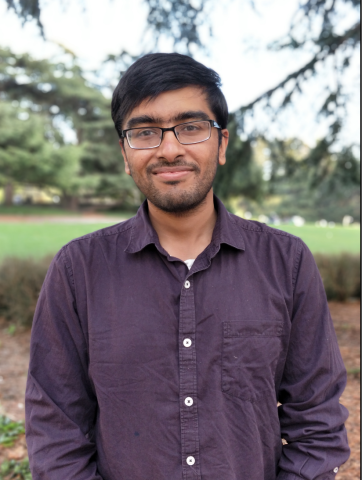event
EAS Seminar Series - Dr. Tushar Mittal
Primary tabs
Abstract: The history of life on Earth illustrates that perturbations on a scale of 10s-100s of thousands of years – e.g., a large-scale volcanic event like a continental flood basalt – significantly affect the viability of global ecosystems (e.g., mass extinctions). Thus, planetary habitability is not constant. Instead, it varies temporally on a 10,000-year to million-year scale due to internal (e.g., volcanism, plate tectonics) and external (e.g., Milankovitch cycles, asteroid/cometary impacts) perturbations. Typically, studies have focused on analyzing long-term planetary habitability for Earth & other planetary bodies considering long-term changes (10s of millions to billions of years) in stellar insolation, volcanism, and weathering, using coupled planetary surface-interior evolution models. However, there is limited work on how shorter-term solid Earth perturbations affect the carbon cycle and planetary habitability - something we know is important from paleoclimate records over the past few 100 million years. In this talk, I will discuss my group's ongoing work to address this gap by analyzing the dynamics of the ocean carbon cycle, since it controls the rate of ecosystem recovery, by focusing on two primary features: (a) the role of solid Earth boundary conditions, especially global ocean bathymetry, on climate dynamics and ocean chemistry and (b) the effect of large-scale volcanism on surface climate and habitability. Using a combination of carbon cycle models and geophysical data analysis, I will describe how these perturbations affect planetary habitability on a mechanistic scale and how these results can be used to understand evolving climate on a variety of timescales.
*Refreshments: 10:30 AM - 11:00 AM (Atrium)
Status
- Workflow status: Published
- Created by: tbuchanan9
- Created: 01/02/2025
- Modified By: tbuchanan9
- Modified: 02/11/2025
Categories
Keywords

